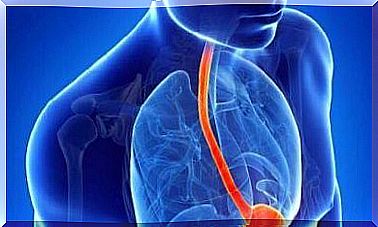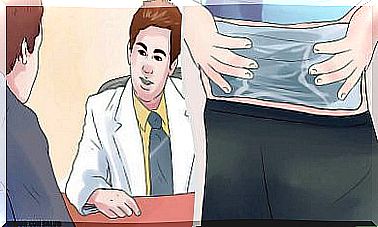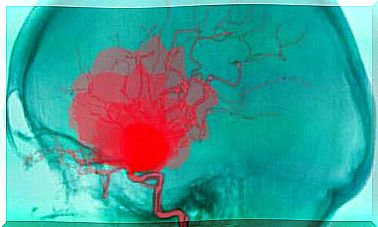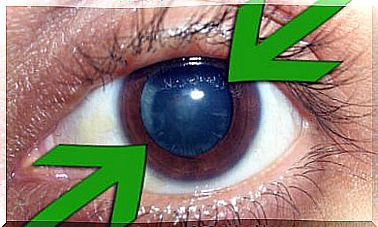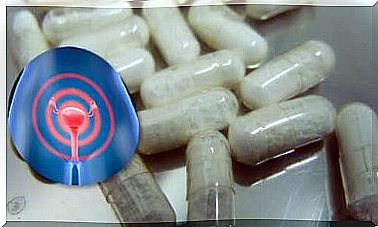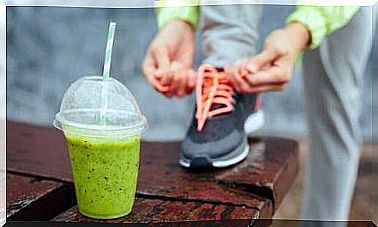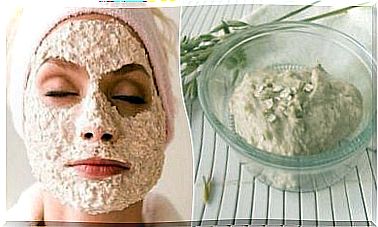Symptoms And Treatment Of Granuloma Annulare
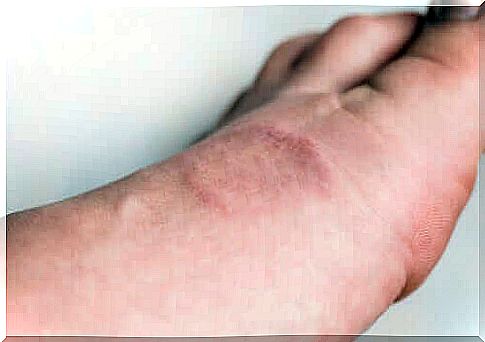
Granuloma annulare is an inflammatory disease that appears on the skin. It is characterized by circular, ring-shaped bumps, hence the name. They are lumpy, reddish lesions that usually go away on their own.
Granuloma annulare is a rare disease. It can affect anyone, but usually occurs in young people around the age of 10. The cause is not well known, but according to statistics, it affects more women than men.
This condition usually does not cause any discomfort. However, it is quite visible and therefore an aesthetic problem. In addition, some experience a lot of itching and bumps.
Many of its aspects are still under investigation, but it seems it could be related to some infections and even neoplasms. In this article, we explain everything you need to know about granuloma annulare to identify it.
What is granuloma annulare?
As we said, it is a chronic inflammatory disease of the skin. It consists of the formation of lumpy, reddish ring-shaped lesions. They usually appear on the hands and feet.
While we know it affects more women and young people, the real cause is still unknown. However, research has shown that certain factors can cause it. For example, it can be a side effect of some medications.
Other possible causes include insect bites and even a reaction to vaccines. Granuloma annulare has also been linked to infections, such as hepatitis. However, it is important to keep in mind that it is not a contagious disease.
Although granuloma annulare usually resolves within two years without treatment, it is important to study it properly. Scientists are trying to demonstrate the association with other systemic pathologies (Spanish link).
It appears that it may be related to certain thyroid disorders and diabetes. It can even be caused by certain cancer processes. In these cases, there are usually more lesions all over the body and do not respond well to treatments.
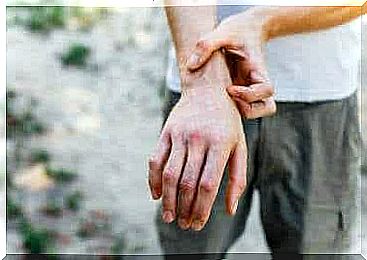
What symptoms does it cause?
Aside from the bumps, this condition doesn’t necessarily cause any symptoms. The lesions can be a variety of colors, from bluish to a reddish flesh color. They are all ring-shaped and extend outwards, with a slightly sunken center.
The lesions are sensitive to touch, but do not cause pain. However, they can be a cosmetic problem or cause itching. Especially if there are many bumps scattered over the body.
Further, experts classify the disease into several classes:
- First, we have localized granuloma annulare, the most common type. It usually appears on the hands and feet and the lesions can measure up to 5 cm.
- There is also generalized granuloma annulare, which extends all over the body.
- Finally, there is also subcutaneous granuloma. In this case, the bumps are small and firm and usually not reddish in color.
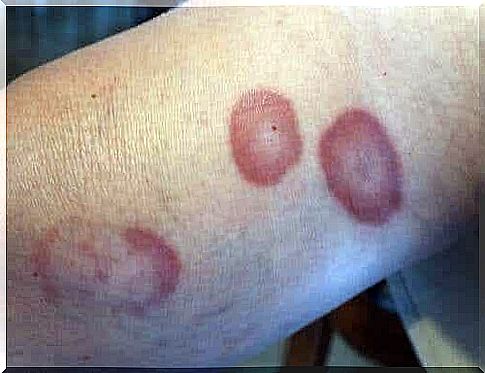
How can you treat granuloma annulare?
Granuloma annulare causes very characteristic lesions, so it is usually easy to diagnose. Still, when in doubt, dermatologists sometimes request a skin biopsy to confirm this. As mentioned above, the bumps usually disappear on their own after some time.
The illness lasts for a maximum of 2 years. Therefore, it does not necessarily need to be treated. However, granuloma annulare can be aesthetically pleasing or itchy.
For this reason, there are certain therapeutic options. In some cases, corticosteroid creams can be used to speed up the disappearance of the lesions. These drugs can be injected even if there is no reaction to creams.
In some cases, doctors use light therapy techniques to treat granuloma annulare. Finally, when the lesions are widespread and generalized, oral medication is prescribed. However, the main thing is to go to the doctor and let him choose the most appropriate treatment.
